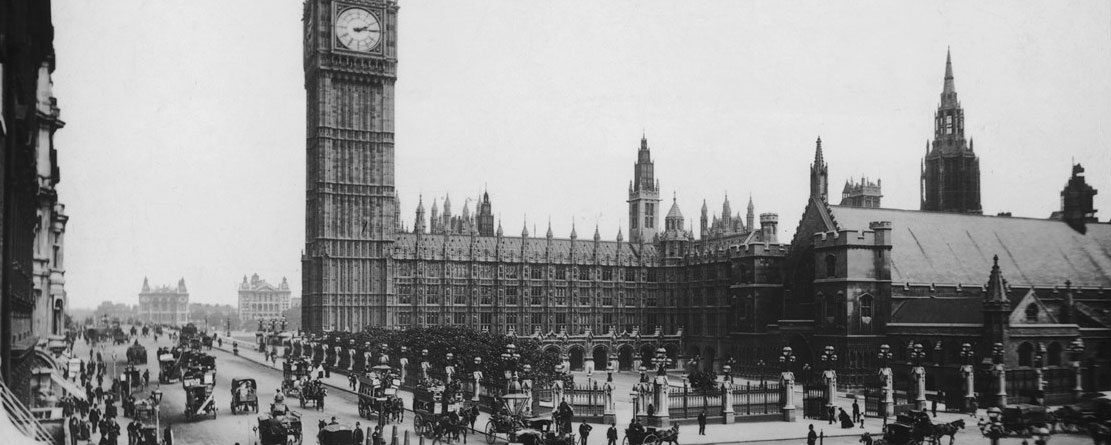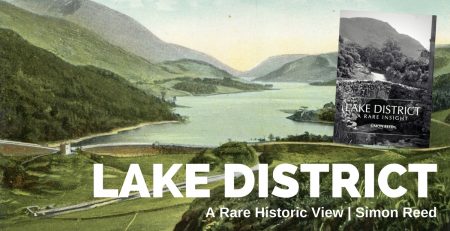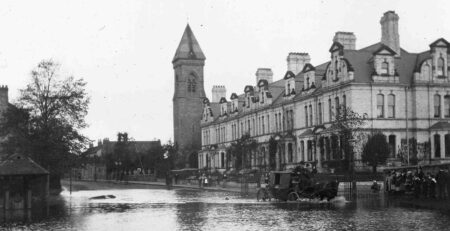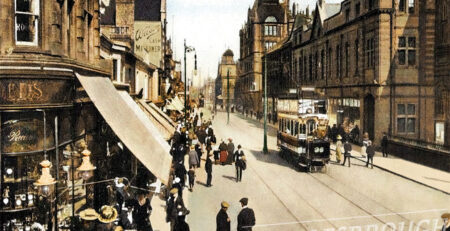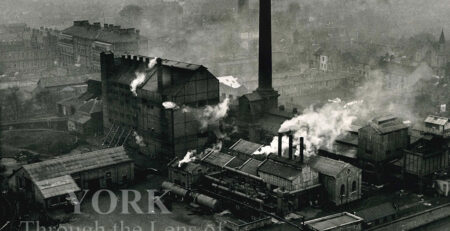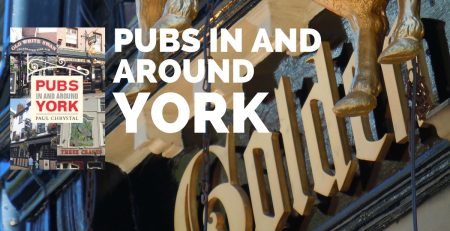The 4 Most Important British Objects from the Victorian Era
In his new book, A History of Britain in 100 Objects, historian Paul Chrystal has uncovered the objects which define the nation’s story.
From ancient history right up to the modern day, the case can be made in each of these objects for the way it both shaped and influenced the history of Britain.
The Victorian era is one of the most loved of Britain’s past, and marks a time of enormous growth in stature of the country. It saw revolutions in industry, trade and the huge reach of the British Empire around the world.
These 4 objects are the most important of the Victorian era when it comes to telling the history of Britain:
Big Ben
Big Ben is the popular name for the Great Bell of the famous striking clock at the north end of the Palace of Westminster, although the name is usually extended to include the clock and the clock tower.
The neo-Gothic tower was designed by Augustus Pugin. On completion in 1859, its clock was the largest and most accurate four-faced striking and chiming clock in the world. All four nations of the UK are represented on the tower on shields featuring a rose for England, thistle for Scotland, shamrock for Northern Ireland and leek for Wales.
Big Ben first rang out across London on 31 May 1859. But in the September, Big Ben cracked; a lighter bell hammer was fitted and the bell rotated to present an undamaged section to the hammer. This is the bell we hear today.
In 2008 a survey of 2,000 people found that the tower was the most popular landmark in the United Kingdom.
It has also been named as the most iconic film location in London.
The Oxford English Dictionary

The Oxford English Dictionary (OED) is the historical dictionary of the English language, published by Oxford University Press (OUP). By tracking the historical development of the English language it provides
a unique, comprehensive resource as well as describing usage in its many variations throughout the world.
Work began on the dictionary in 1857, and it started to see the light of day in 1884 when it was published in unbound fascicles as a work in progress with the name of A New English Dictionary on Historical Principles; Founded Mainly on the Materials Collected by The Philological Society. In 1895 the title The Oxford English Dictionary was first used unofficially on the covers of the series.
Radium
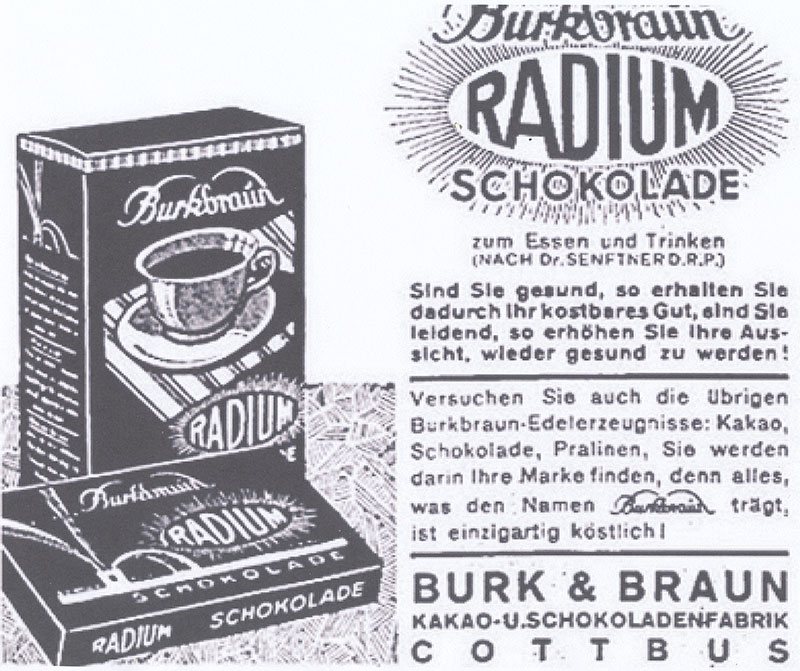
Radium is the most radioactive natural element, a million times more so than uranium.
Radium, in the form of radium chloride, was discovered by Marie and Pierre Curie in 1898 from ore mined at Jáchymov in the Czech Republic. They succeeded in painstakingly extracting 1mg of radium from ten tonnes of the uranium ore pitchblende (uranium oxide, U3O8); their samples glowed with a faint blue light in the dark, caused by the intense radioactivity exciting the surrounding air. They published the discovery at the French Academy of Sciences five days later. Radium was isolated in its metallic state by Marie Curie and André-Louis Debierne through the electrolysis of radium chloride in 1911. Among the many papers that the Curies published in the years after its discovery, one particularly significant article showed that radium could treat cancer by killing cancer cells more readily than healthy cells. Radium became used as one of the first radiation treatments for cancer and skin diseases.
The Incandescent Light Bulb
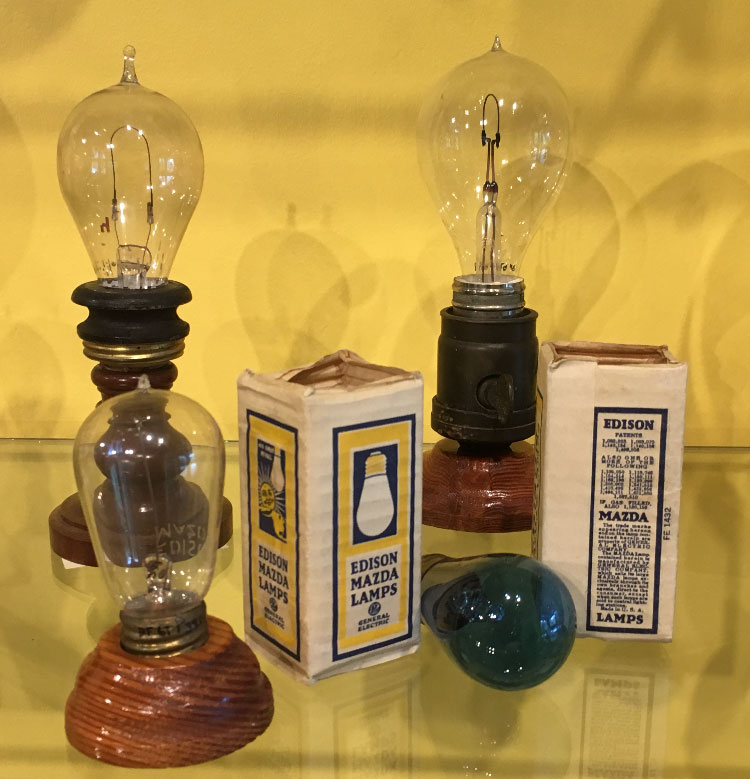
Thomas Edison (1847–1931) often gets the credit for inventing the light bulb, but lights were coming on all over the place long before he patented his in 1879 and 1880 and brought it to market. In 1761, Ebenezer Kinnersley demonstrated heating a wire to incandescence. Humphry Davy (1778–1829), he of the safety lamp, in 1802 used what he described as ‘a battery of immense size’, consisting of 2,000 cells housed in the basement
of the Royal Institution of Great Britain, to create an incandescent light by passing the current through a thin strip of platinum, chosen because the metal had an extremely high melting point. It caused a glow and did not last long enough, but it did mark the beginning of incandescent light development.
Edison, though, was not alone. William Sawyer and Albon Man received a US patent for the incandescent lamp, and Joseph Swan patented his light bulb in England. His house, Underhill, Low Fell, Gateshead, was the first in the world to be lit by a light bulb. Eventually Edison’s US lighting company merged with the Thomson-Houston Electric Company who were making bulbs under the Sawyer-Man patent – to form General Electric, and Edison’s English lighting company merged with Swan’s company to form Ediswan in England.
In 1881 the Savoy Theatre in London was lit by Swan’s incandescent light bulbs, which was the first theatre, and the first public building in the world, to be lit entirely by electricity. The first street in the world to be lit by an incandescent light bulb was Mosley Street, Newcastle upon Tyne, lit by Joseph Swan’s incandescent lamp on 3 February 1879.



